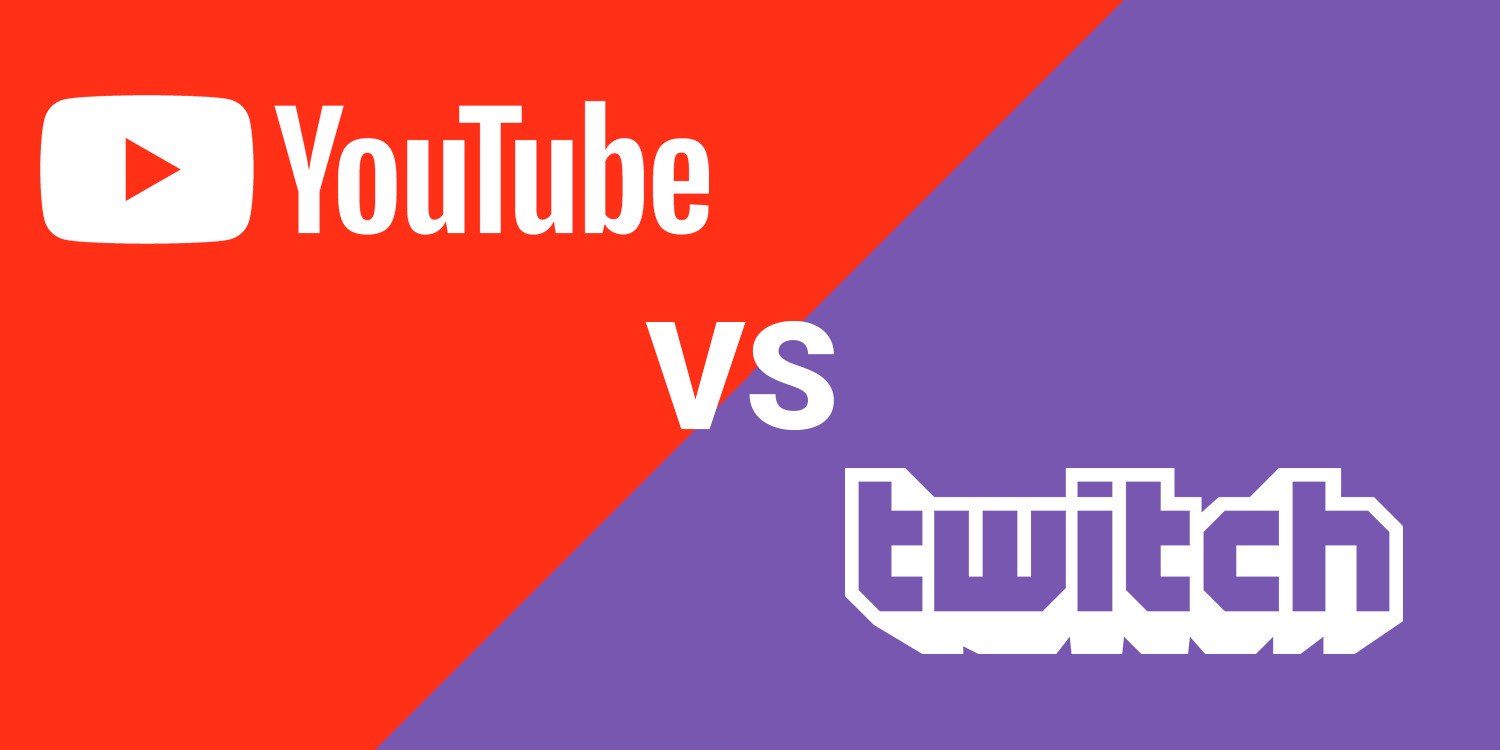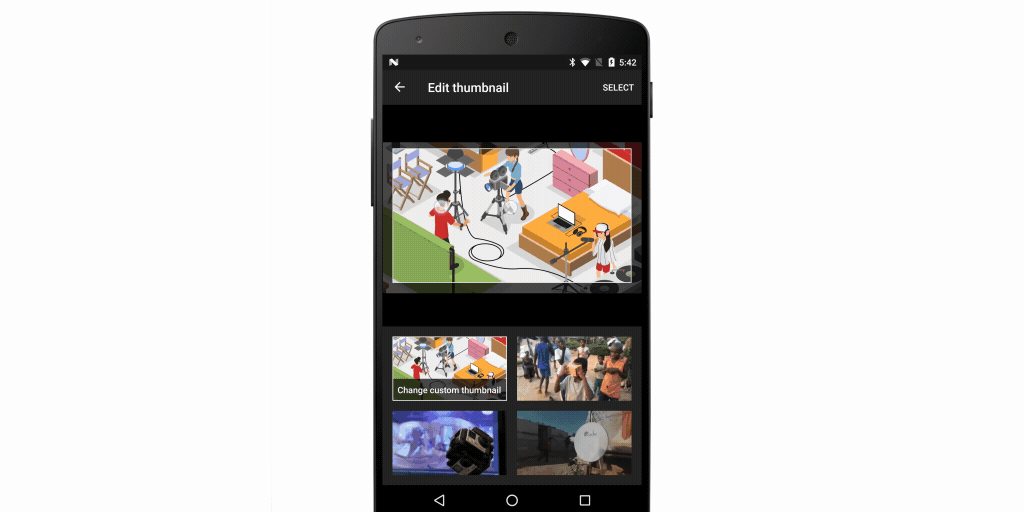YouTube vs. Twitch

The platform wars have begun again (Graphic: The Next Level Media)
By Feature Writer Jordan Fragen
YouTube is in a bit of a crisis.
Despite being the largest platform for gaming video content online, Google’s video platform has seen major changes and controversy over the past six months. Major creators have been deeply affected by advertisers choosing to spend their budgets elsewhere and many have lost 50% or more of their monthly revenue in the wake of what many have dubbed the “Adpocalypse.”
Amidst demonetization and dwindling ad revenues, YouTubers have branched out to diversify their income. Many have moved to Amazon’s Twitch while others have utilized crowd-funding services such as Patreon. YouTube is losing potential revenue despite being the central hub for gaming video content online.
This is a major branding problem for Google.
YouTube’s competitive niche has been narrowing and they are no longer the go-to solution for rising stars to build their name or advertisers to reach the coveted and elusive 18-34 demographic that advertisers seek.
But YouTube is fighting back.
In the last week, Google has announced 3 major changes in order to win creators back to their platform and all of which will deeply impact the eSports ecosystem.
/01 YouTube Gaming Announces Sponsorships as a Direct Competitor to Twitch’s Subscriptions
In an August study by Streamlabs, YouTube was outpacing Twitch’s user growth but lagging behind in monetization. This is a major problem for gamers who make a living off of their streams and gameplay. It has been far more efficient to build a presence on Twitch than YouTube primarily because of Twitch’s Subscription service. For $4.99 a month, fans can support their favorite creators and gain access to subscriber only perks such as private discord servers and unique emotes.
Since imitation is the sincerest form of flattery, all of these features appear to have been carbon copied by YouTube.
According to an official blog post, eligible YouTube Gaming creators can now receive sponsorships from their fans. Notably, this feature is specifically being rolled out for gaming channels first but may soon be a part of the main YouTube ecosystem.
The primary reason creators use YouTube is for Video On-Demand while Twitch specializes in Live Streaming. However, both of these platforms require a major time investment of which most professionals can’t spare. Many have resorted to uploading long segments from streams to their YouTube channels for this very reason.
The incentives to repurpose content from Twitch on YouTube goes deeper. While most people use Subscribers and Views as a metric to judge the success and profile of a YouTuber, the primary metric YouTube’s algorithm uses when selecting recommended content is neither of those things.
Behind the scenes, YouTube has looked to maximize watch time since 2012.
Gameplay videos are not only easy to watch in long sessions, but they are relatively easy to produce. Recycling content from Twitch only serves to maximize the utility of the content. By encouraging streaming on YouTube and giving pros another way to monetize through subscriptions, YouTube is looking to move this content to a single location. This is clearly YouTube attempting migrate creators from the dominant platform back to their own.
/02 YouTube Analytics Now Provides creators with Subscriber Sources

Connecting Creators with their Audience (Graphic: Google Developers Blog)
Until now YouTubers have been unable to see data on where new subscribers originated. This is important to understand because it can help creators maximize the growth of their audience base if they know where to target or create content for aka what exactly advertisers do on the opposite side.
In particular, two of the subscriber origin categories will be particularly helpful for YouTubers:
/01 Subscriptions Feed will help creators understand how their content affects current subscribers, both positively and negatively. More specifically, it will tell content creators what videos are annoying their subs enough to cause them to unsubscribe.
/02 Subscriber Drops from closed or “inactive” accounts will now be available to creators. This is hugely important as many viewers have complained that they have been unsubscribed from channels without their knowledge and YouTube has been notorious for dismissing these problems. Now that this information is explicitly available, this will help creators advocate for themselves.
/03 YouTube's New Studio App

Powerful Tools Come to Mobile (Graphic: YouTube Creators Blog)
Most YouTubers have been unable to effectively manage their channels on mobile. YouTube is looking to change that with the addition of several features to their new Studio app. The two most significant of these features are the ability to schedule posts and customize thumbnails within the app.
Particularly this gives pros more flexibility to also become content creators. Often the most attractive players to eSports organizations are these pros who also build a personal audience as they often have the highest ROI. Until now, many pros simply couldn’t manage their channels regularly due to travel. While not solving this problem entirely, this does give pros more options to build their personal brand.
[Edit: 500M around the world own a phone and don’t have a toothbrush. What do you want to bet on?]
CONCLUSION
YouTube remains a key platform to eSports as it is often the place where people first learn about the competitive and professional ecosystem. However once someone new became a fan, they often migrated to Twitch to watch live. YouTube is now seeking to cater to both the live and VOD audience and only time will tell if they can chip away at Twitch’s massive lead on the streaming side.
Personally, I’m skeptical.
By focusing on VOD, YouTube had a unique niche. Seemingly, they have dropped this focus in favor of emulating other’s success. I worry that this strategy might lead to YouTube to becoming the jack of all trades for video, while being the master of none.
Additionally, bringing livestreams and episodic clips to one platform may not be in a creator’s best interest. By releasing shorter, more regularly occurring content, YouTube has conditioned its users to tune into everyday at a specific pace. Creators risk alienating subscribers who already saw this content by re-uploading the livestream in the same location as the VOD. This will affect the algorithm as more subscribers will skip episodes, YouTube will register this as the subscriber becoming less interested in that content and it will lead to fewer recommendations for that creator.
eSports continues to be one of the most promising spaces for advertisers to reach the critical 18-34 audience. In addition to acquiring exclusive rights to air some tournaments, YouTube is hoping to catering to the needs of pros.
Since many of the stars that built Youtube’s popularly are leaving and taking their desirable audiences elsewhere, YouTube is no longer as culturally relevant as it once was. It may have a larger audience, but tastemakers and trendsetters are no longer prioritizing YouTube. As eSports grows, so too will the star power of its elite players - in addition to the platforms they choose to use. Many like Facebook and Twitter, along with a slew of startups, have already begun reaching out.
Without making more overtures to eSports pros, YouTube risks losing its place as the preeminent platform for internet celebrities, their content, and their cultural relevance.
